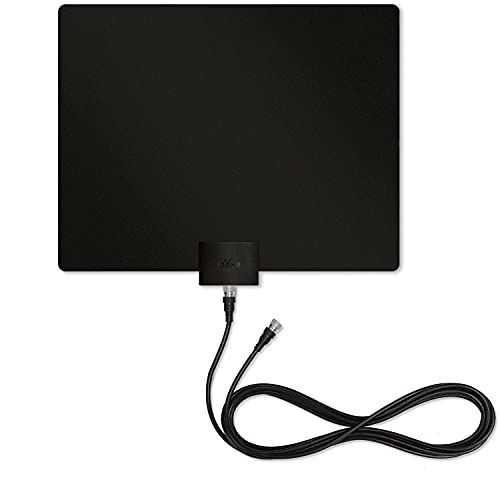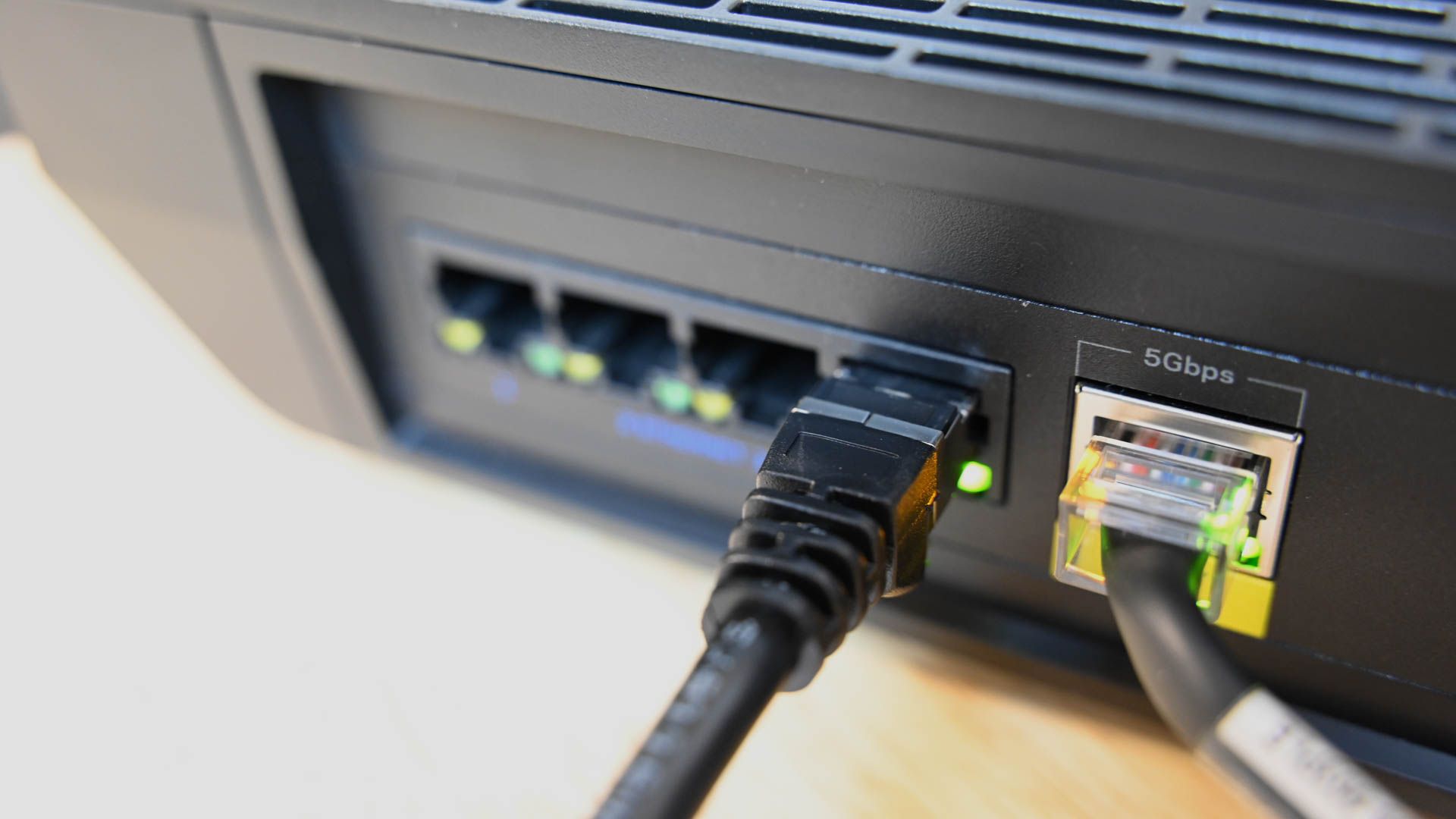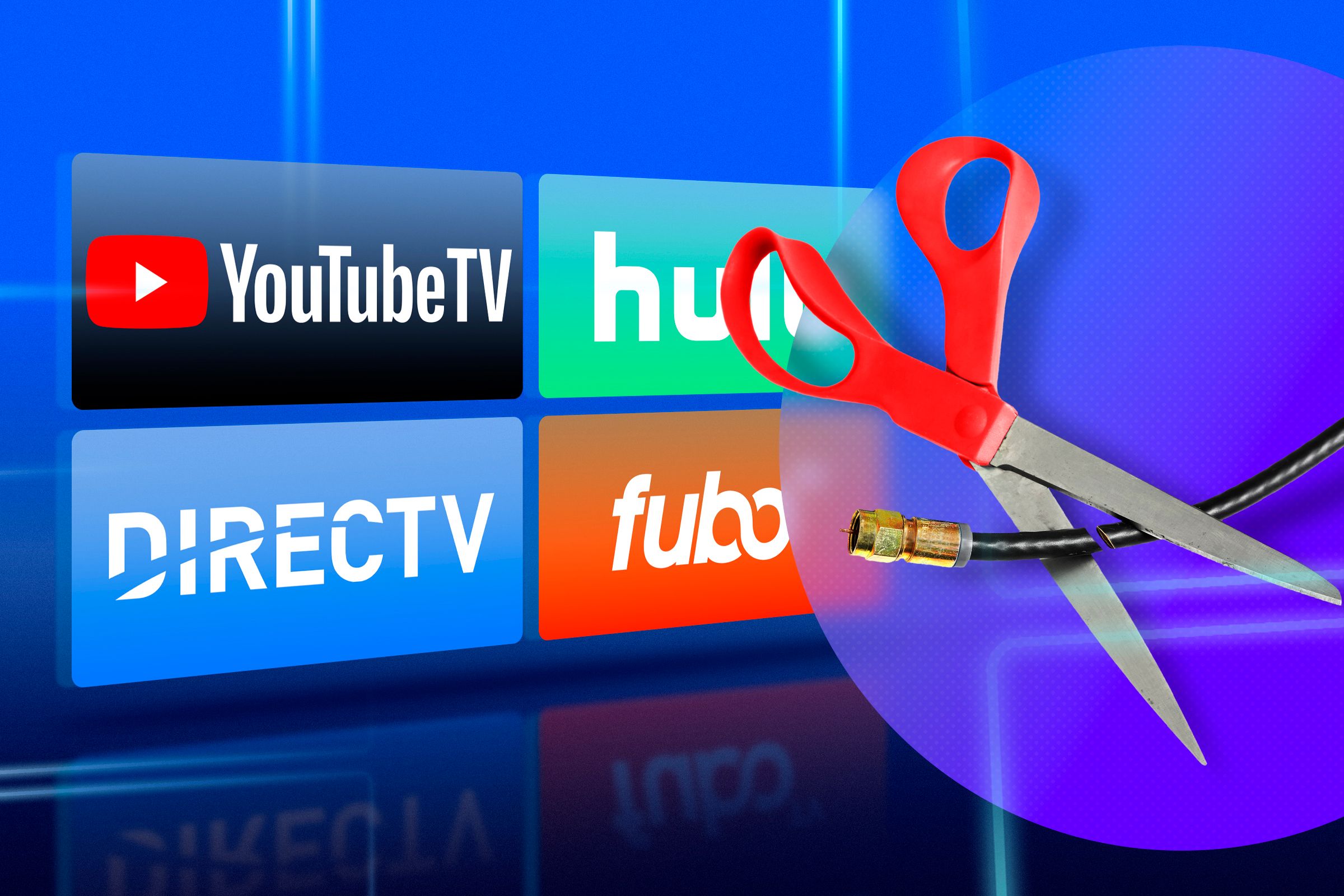Key Takeaways
- Cable TV infrastructure isn’t equipped for 4K live broadcasts due to bandwidth limitations.
- Expensive 4K cable plans mainly offer on-demand and streamed 4K content, not live channels.
- Over-the-air TV and streaming services provide better 1080p and 4K resolution quality than cable.
Your cable provider’s expensive 4K package is kind of misleading. It includes 4K on-demand content and the occasional 4K sports game, but these are piped through the internet. Cable channels are recorded and transmitted at a low resolution, so they don’t benefit from a 4K plan.
Cable TV Infrastructure Isn’t Made for 4K
Despite the steep cost of entry, cable television is the lowest-fidelity television standard available today. Most cable channels are limited to 720p or 1080i resolution and undergo heavy-handed compression, which further reduces visual quality. (The same is true of satellite, by the way.)
Traditional cable TV infrastructure can deliver 4K video with HDR encoding. The problem is that high-quality video eats up a ton of bandwidth—4K video is too “big.” Cable providers want to offer hundreds of channels, but there’s no way to “fit” a hundred concurrent 4K video streams in a single coaxial cable. So, ultra-compressed 720p and 1080i video, which is comparatively “small,” is the only reasonable option. A handful of live TV channels are offered in 1080p, but these are outliers, and they are often indistinguishable from 1080i channels due to aggressive compression algorithms.
This isn’t to say that 4K cable plans are totally devoid of 4K content. But 4K content is streamed, and it is rare.
Some Cable Plans Include 4K Content, but It’s Streamed
When a cable provider says that they’re offering a 4K plan, it’s fair to assume that they’re talking about live television. You pay for a 4K package so you can watch your favorite channels in 4K resolution—that’s common sense, right?
Unfortunately, cable providers were born to mislead. Expensive 4K cable plans are loaded with the same low-res channels as your standard cable package. The “4K” thing, in this case, primarily refers to on-demand content and streaming capabilities. You’re paying extra for a 4K-capable cable box that can tap into an exclusive collection of 4K on-demand video, high-res pay-per-view content, and internet-based services like Netflix.
Live 4K broadcasts are a rarity. FOX offers college football games in 4K once a week, and big events like the Super Bowl or World Cup often spring for 4K quality. But that’s about it. These 4K broadcasts are streamed to 4K-capable cable boxes. And they are rarely “true” 4K. The 2024 Super Bowl was recorded in 1080p and upscaled to 4K with a realtime algorithm similar to NVIDIA DLSS— it’s a better upscaling algorithm than the one that’s built into your TV, but upscaled content always falls short of native 4K.
Importantly, you don’t need a 4K cable plan to watch this stuff. You can log into the FOX Sports app with any cable subscription and stream 4K content. The same goes for other sports networks.
OTA TV and Streaming TV Deliver High-Res Live Channels
If you want to watch high-res live television, over-the-air (OTA) TV and streaming TV are your best options. Most homes in the United States can access 1080p OTA channels like FOX, ABC, NBC, and CBS with minimal compression. Streaming is, of course, a bastion of 1080p and 4K content, though it’s inundated by the same heavy-handed compression as cable and regularly falls short of OTA TV.
Yes, it sounds crazy, but an OTA broadcast captured by a cheap antenna beats cable TV quality. And over-the-air quality will eventually reach higher heights as broadcasters and hardware manufacturers implement the 4K-capable ATSC 3.0 standard. (Whether networks choose to broadcast in 4K is a different conversation. Early adopters are mainly using this technology for interactive elements.)
But OTA TV isn’t a true replacement for cable. Those who want a robust channel selection are better off with a paid streaming service like YouTube TV, Fubo, or Hulu with Live TV. These services are convenient, shareable, and don’t require a visit from the cable guy. They also include perks like live rewind and cloud-based DVR.
Unfortunately, live TV streaming services aren’t cheap. YouTube TV with 4K video costs $83 a month. These services also suffer from two of the big problems that we see with cable—networks don’t want to broadcast in 4K, and aggressive video compression sucks a lot of the quality out of live channels. If you don’t watch a lot of on-demand content, a 4K membership is kind of a waste.
I should point out that Peacock includes a pretty strong selection of live sports content (some of which is 4K) for all subscribers. At a starting price of $8 a month, it’s cheaper than live TV services like YouTube TV. Peacock is also included for free with some Comcast plans.

Mohu Leaf TV Antenna
A simple, affordable TV antenna that can bring free OTA channels to your TV. This model has a range of up to 30 miles.





